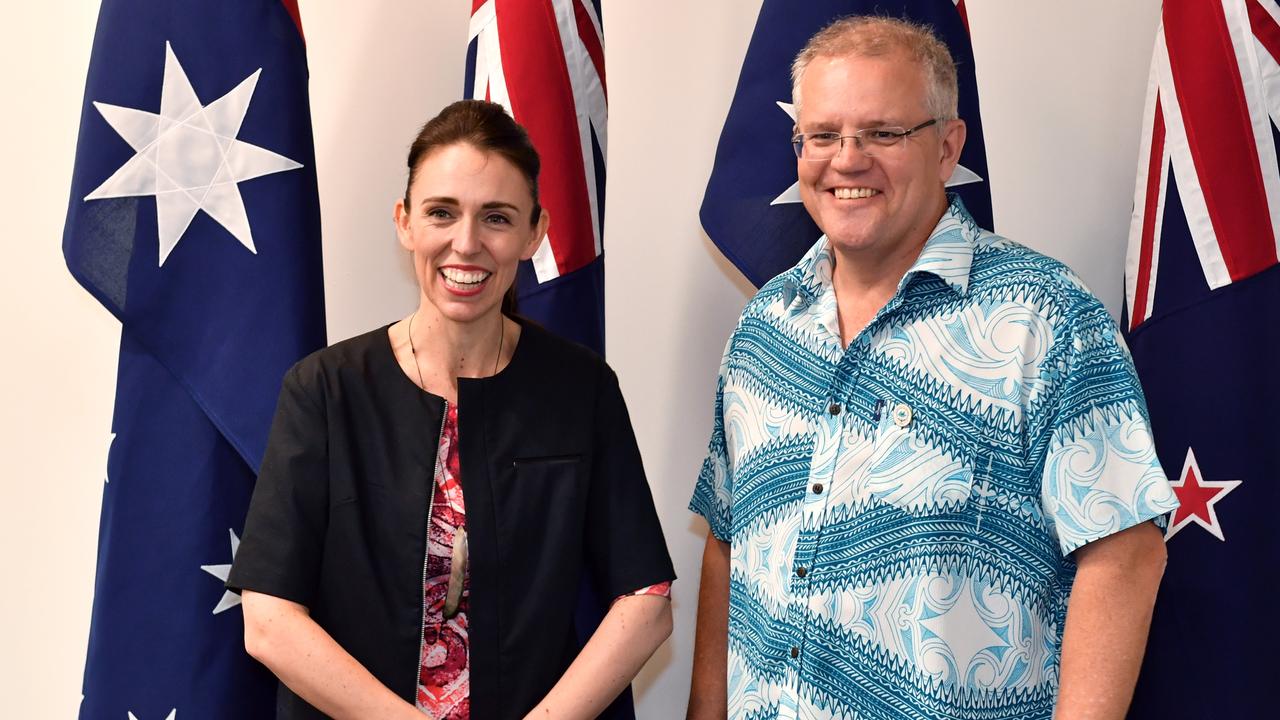Costs can come down while the lights stay on
The National Energy Guarantee represents a significant breakthrough. It combines reliability and emissions reduction in a single mechanism and does so in a way that uses the market to drive power prices lower. It builds on Chief Scientist Alan Finkel’s recommendations and represents the best advice of the Energy Security Board, which includes our leading energy market agencies: the Australian Energy Market Commission, the Australian Energy Market Operator and the Australian Energy Regulator.
Under this proposal, there will be two new retailer obligations. First, reliability. Based on the reliability standards set by the AEMC, AEMO will ensure there is sufficient dispatchable power in each state to meet consumers’ energy needs. The amount of dispatchable power required will be determined three years in advance but continuously updated.
The proportion of dispatchable power each retailer will be required to have in their portfolio will reflect their share of the overall retail market. Retailers will need to contract with generators that can provide them with that level of dispatchability. This will encourage investments in storage technology such as batteries and pumped hydro, as well as traditional baseload sources.
It is a truly technology-neutral approach, with dispatchability being the only criterion. In creating this obligation, the ESB is taking head-on one of the big challenges: the rise in volatility from the greater penetration of wind and solar, which has made supply harder to predict and prices harder to control. The prime example is South Australia, where wind can provide 100 per cent supply one day and zero another day. This contributed to a fourfold increase in the number of times wholesale electricity prices have risen higher than $200 a megawatt hour in SA in the past two years.
Unfortunately, the way our energy market is constructed today does not place any value on generation that delivers reliability.
This new obligation creates a greater likelihood that coal-fired generation could be upgraded to extend its life or improve its efficiency to meet dispatchability requirements. As such, under this mechanism SA’s Northern Power Station would have been unlikely to close without something equivalent in its place, as it would have been required to meet the state’s needs in the face of its declining level of dispatchable power.
As for emissions reduction, the Turnbull government takes seriously its Paris commitment, which is a commonwealth responsibility. Under the new initiative, the commonwealth will legislate the target and retailers will be required to have an average emissions level across their portfolio. They can use existing contracts to meet this obligation, potentially including international permits and domestic credits.
In contrast to the Clean Energy Target, the strength of this approach is that it does not involve any new subsidies, certificates, taxes or trading schemes but, rather, gives retailers full flexibility under a portfolio approach. They can mix and match the type of generation they want, making this mechanism truly technology neutral — very different to forcing into the grid a specific type of technology, as was the case with the renewable energy target.
This method capitalises on a rapidly declining cost curve, which the industry acknowledges makes future subsidies for renewables unnecessary. At the same time, the combination of a trajectory and an implementation mechanism provides the investment certainty the industry is calling for. This will remove the risk premium that markets always price in for uncertainty.
The other consequence of this method is that state schemes are subsumed within the broader emissions reduction goal. The more renewables there are in a particular state, the greater the required dispatchability. The advice of the ESB is that the combination of these two retailer obligations could lead to a fall in residential electricity bills of between $100 and $115 a year between 2020 and 2030. These are lower prices than under a business-as-usual scenario or a certificate-based scheme.
At 28 to 36 per cent in 2030, renewable levels also would be lower than would have been the case under the CET. This would be made up of 18 to 24 per cent power from intermittent sources, namely wind and solar, with the remainder coming from dispatchable renewables such as hydro and biomass fuel. Renewables are coming into the system, but only to the extent that is consistent with the reliability guarantee.
The details of the final design and implementation of the National Energy Guarantee will be worked out with key stakeholders as we pursue this important reform with the states and territories through the Council of Australian Governments.
The salient point, though, about this initiative is that the National Energy Guarantee is a credible, flexible, market-based, lowest cost path to strengthening the reliability of the system and meeting our international commitments. It is the recommendation of the combined wisdom of our expert energy market bodies and is being pursued by the government as such.
Josh Frydenberg is the federal Environment and Energy Minister.



To join the conversation, please log in. Don't have an account? Register
Join the conversation, you are commenting as Logout